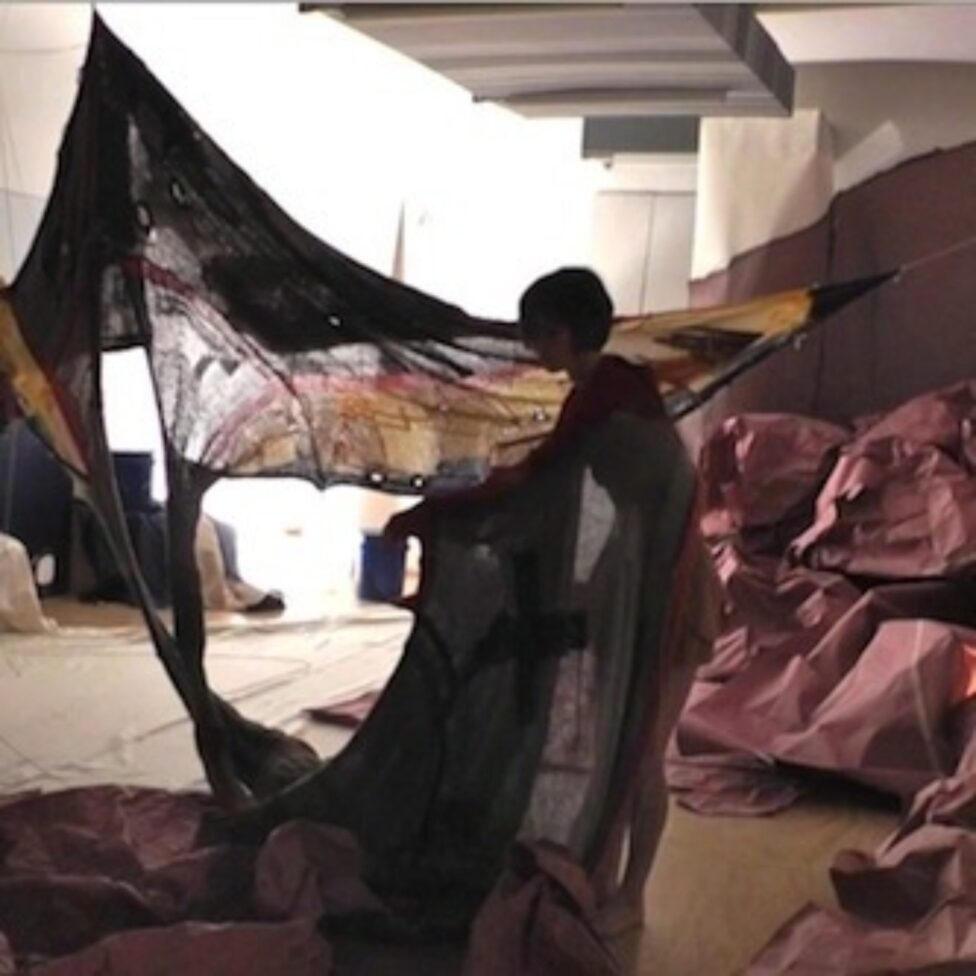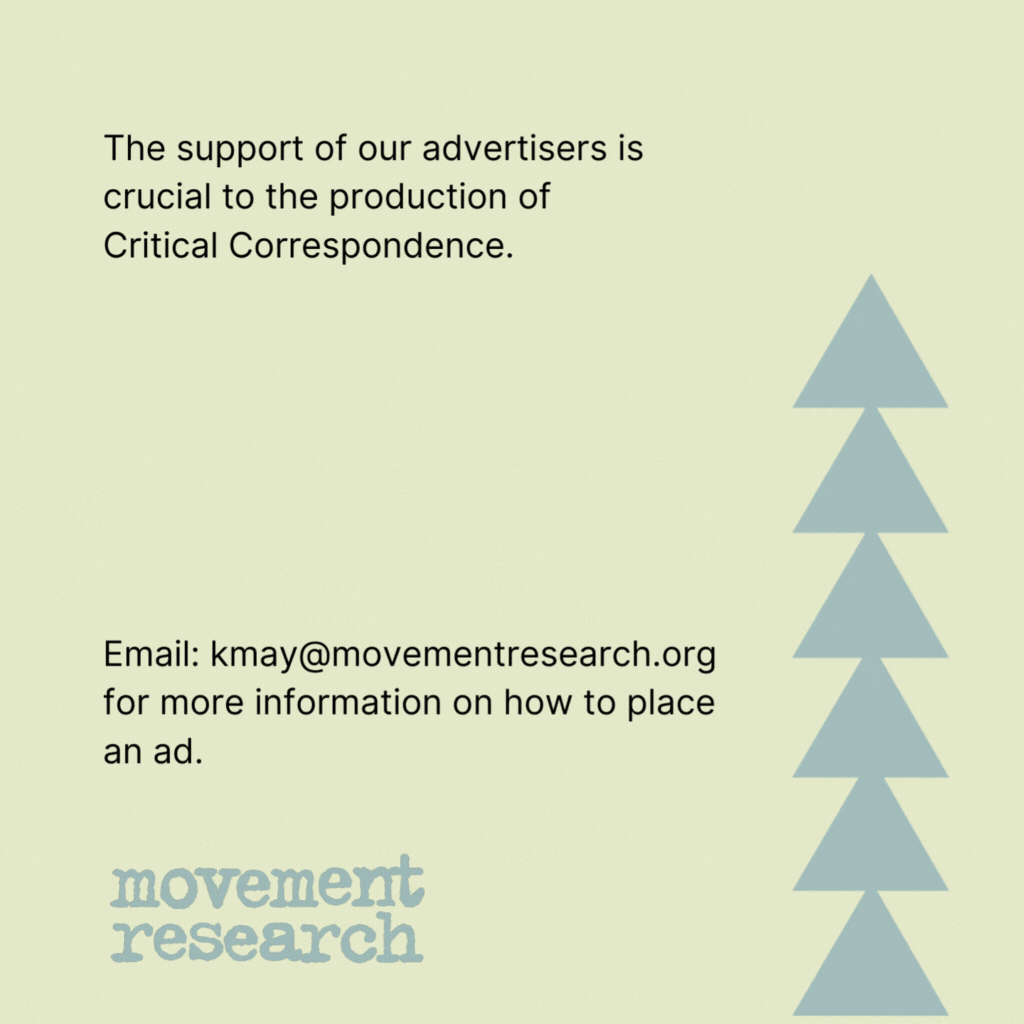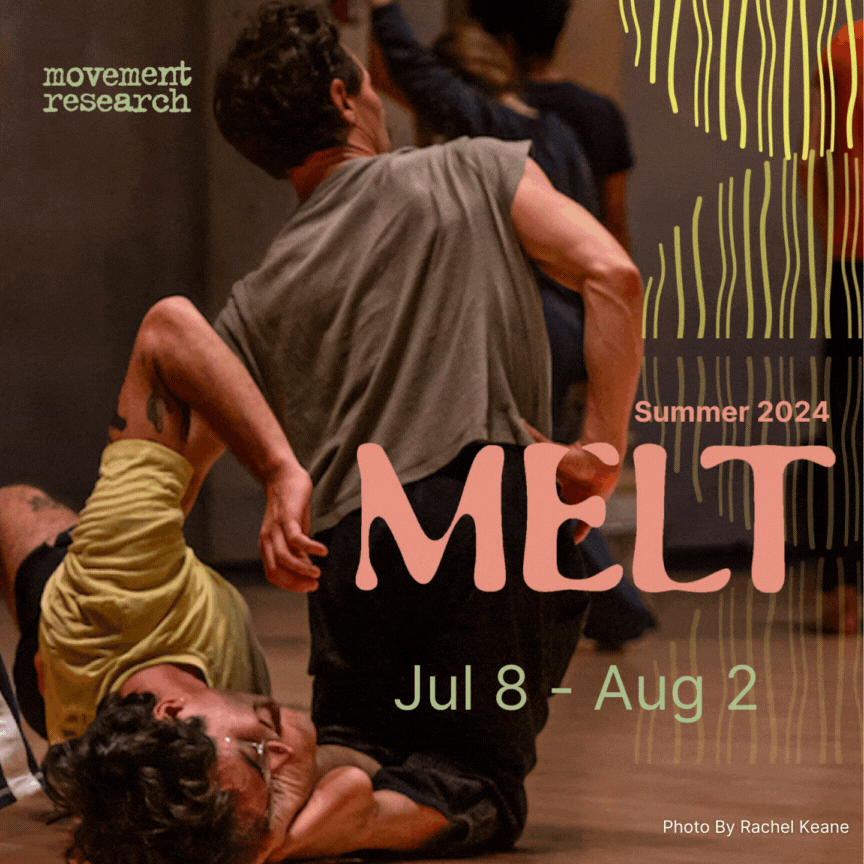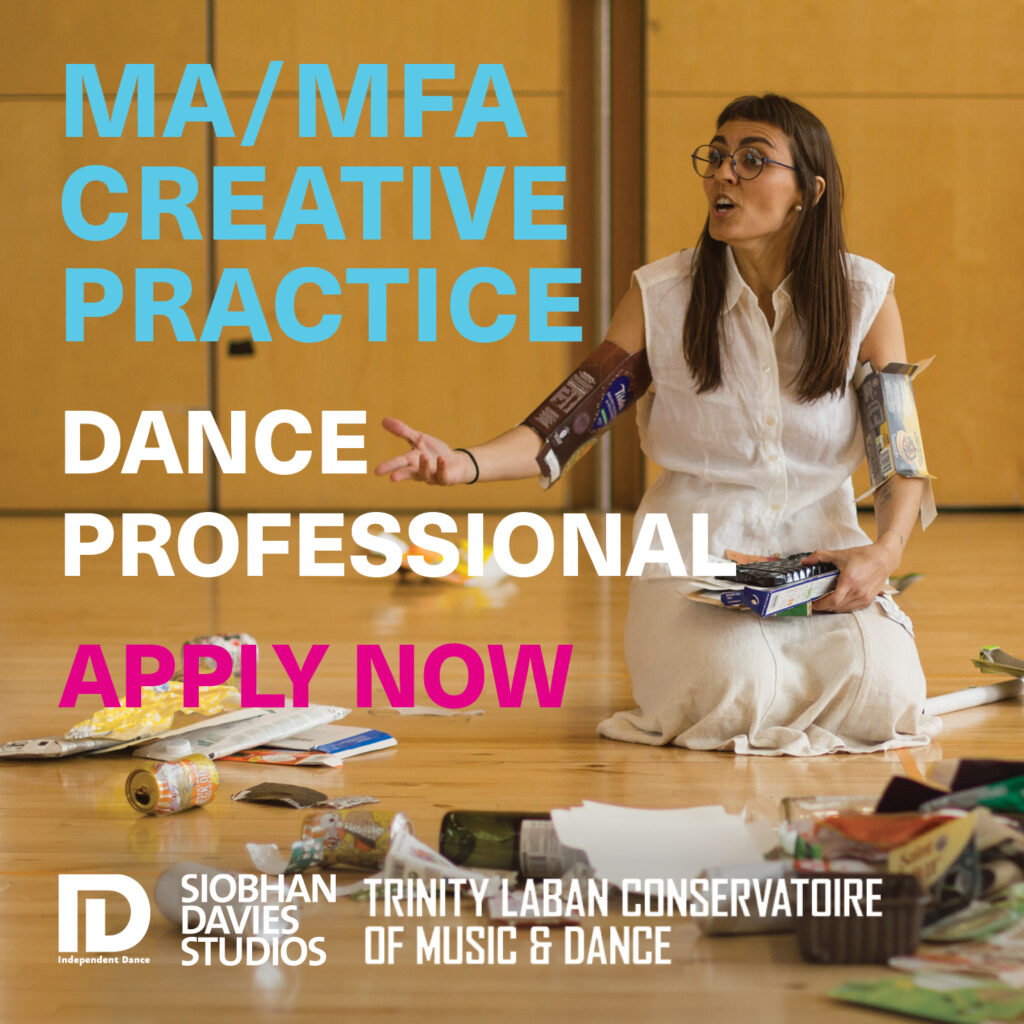Jeanine Durning: We were just in the process of discussing processes that are in relationship to labor, not to the actual product, but that support the product.
Maggie Bennett: Lili and I made a work together last year that felt like a meeting of our aesthetics, and this project brought in the examination of our relationship to time, labor, practice and value economy: what is the economy of our individual artistic practices? We both ended up in very labor-intensive material-based creation processes to support a performance moment, but totally separate from the object-making. I’m interested in the moment of performance, especially working improvisationally, because I feel it brings an equilibrium between production and consumption, which is different from the way I’m in relation to the physical world through a more capitalist frame. Lili was making visual diagrams occupying different activity throughout time without linearity, and those revealed to me how desire, mortal desire and mortality provide a system of value for labor and time that’s very hidden but also so apparent. I started looking at desire and how that’s separate from consumption. Looking for the experience of desire as its own value instead of being related to action, production or consumption. Linking that to desire is where the body comes in, for me.
Liliana Dirks-Goodman: The process of how we worked together is really side-by-side, not actually participating directly in what the other is doing, but we work on what we’re working on and have conversations and know that they’re going to occupy a similar space, but potentially not have anything to do with each other. They do end up having a lot to do with one another because the conversations we have steer us into that. The starting point that I had was making the time diagrams. I started to think about how I wanted to spend my time, and used a diary process of taking down notes about how much time I spent doing everything. Basic stuff, “I’m spending this much time eating dinner with friends, this much time at the studio, on the subway…” I was trying to balance all of my needs to figure out changes I’d like to make, and somehow this led to the making of the house because I was also becoming interested in a lot of feminist ideas. I think it was 2nd wave feminism. What kinds of labor do we value? And why on my time chart do I only get paid for this really small segment of activity? All of it to me is very valuable, but why is just this one little piece the thing that is valued?
JD: Jeanine: For me it also brings up the issue of labor being equivalent to being compensated, monetarily. I spend most of my time doing something that is not compensated for monetarily and if I think that it should be why do I think that it should be? Not all labor necessarily needs to be monetarily compensated for.
LDG: I agree with you. I was also drawn to the idea of utopia and somehow embodying a desire for that. One of the things about monetary value and what is important is my charts really start to get at this idea of care. Caring for things and people and yourself is really valuable, not just for me but valuable for society. And that ties into what Maggie is thinking about: it being important that we are working on our work, and it’s important that as individuals we put that effort and care into our work because that is how we value it.
JD: I think emergence is more in the realm of where we are with both of your work. There is a construction of the space in terms of the enfolding and unfolding of it, which is very feminine to me, a sense of an indefinite space, not quite definable. I remember not having a sense of where the walls were because of how the paper was sort of brought up onto the walls. The perception of space and time is shared – a shifting perspective and perception of the space. I had no idea of the confines of the space, I thought it was larger than it was, and it felt like an outdoor landscape, and I thought of that as being communal. I think that’s the feminine perception of space: landscape, earth, the outside inside and the inside outside.
LDG: Maggie’s thoughts about appropriation of home highlights there being an inside and the nurturing act of welcoming people in. The political aspect of architecture is something I’m interested in: When you create an object or an environment, how does that affect the body? How does that restrict activities? Or does it enable things to happen? Where I’m at with what happened with the house is I realized that Maggie and the dance had a specific relation to it. Was that dictating more of the dance than the dance was dictating to it? We’re into that emergent thing and letting the body dictate what could happen.

MB: Something I talked about in terms of “the house” is how there is an oppositional methodology around internal and external space, and intentionally creating a confusion of that. The more processed or “manmade” materials were in the external space in the backyard, the more “natural” or “organic” aesthetic was inside. That was something I knew I wanted to set up. That confusion about what is internal space and external space permeated this piece. With Lili’s house she talked about making a structure that is an expansion of materials instead of compression and how the function of the architecture is only visible through intentionality. I was reading a book, “Perspective of symbolic form;” and that phrase helped me understand how I wanted to utilize the space to crate these containers for the body to do what it’s doing, and to anchor meaning. The house was almost a device in the function of the piece, in terms of grounding this totally amorphous un-choreographic physical practice.
JD: It’s interesting that you use the word device. I would perceive it as an umbrella, literally and figuratively, on so many levels – the process of knitting is so detailed and meditative, and that relates to how you were also processing/ practicing in the work.
LDG: The house is a more concrete embodiment of all of the meaning ideas, or somewhat of a symbol… It is based on a language that we set up.
MB: Symbolism could really be pulled out of it. At times I was a device for the house. I feel that if it has been much more expansive through time that non-hierarchy between the house and the body would have come out more. Being an active agent in the space, unless I allow myself to disappear, it’s hard to let the body fall underneath the way other things are reading.
JD: It brings up a couple of thoughts for me. One has to do with how horizontality and verticality are in the work. There is a lot on those levels, not as binary but that they’re working in relationship to each other. This disequilibrium of what the space is and the indefinite aspect of the space is very much a horizontal plane, which also brings up the idea of mortality for me, a sense of nothingness or formlessness that is very present in the work in which your body dissolves and becomes another material. It’s not body as subject or object, its just materiality.
Then there are times in the work where you verticalize yourself, construct the space of your body, but also construct the space of Lili’s construction by playing with lines and diagonals; you construct it and the space. I think maybe personhood is a better way of talking about this verticality…

MB: I think I did write down in some early notes “how an individual handles material is how you construct self.”
JD: It’s interesting how the construction of self has to do with the construction of environment. Selfhood emerges in relation to all of these objects and materials around you, and they define who you are, become part of identity. That’s when we get into this tricky thing of meaning making and how to read something.
MB: The baroque and the folds that you were talking about, and baroque architecture — there being a ground that’s ‘of the body’ and an ascension which is where ‘life of the soul’ lives, and how ambiguous natural light is inside of that on a palette of darkness disorients – is something I was working with. The textures and materials of baroque art are tangible and textural and plastic. I had been working with the horizon and the horizontal in the last work we did. The piece was about going from a flat plane to the emergence of a horizon. That was the meaning.
LDG: It was so slow a progression that you don’t notice it at first, but everything changed over time.
MB: A glacial emergence of horizon. That was what held meaning for me in terms of visual perception. Someone said they experienced my last work as a kind of menstruation, and I started thinking about FACADE/FASAD as a uterus. There’s a life process happening inside it, it doesn’t have to produce a new life but it’s constantly in a life process. So a life process, the baroque speaking to the body and the development of the soul in relationship to this architectural structure that’s about a single line like a horizon inside of a more cavernous space that has a very disorienting sense of natural light (like FACADE/FASAD). My entry point was about being above and below a horizon.
JD: So that was essentially your practice.
MB: At its core, and by watching and understanding that the body is inherently communicating certain things below a horizon, and these structures and architectures get built up, more formal, versus more creatures or folded. Not necessarily needing to do anything, not goal-oriented, but understanding that that’s a communication system. That was the base physical practice, and Lili’s house amplified that. There were all these holes and orifices in it, and you could put on the house like a draped garment. The house felt human in some way with these openings for penetration or reception, and it could clothe the body. So in a way, “house” feels like a concept that makes you human versus a geometrical, conceptual landscape. The house brought in the human aspect for me.
LDG: I think the house derives a lot of meaning from its use in the dance or by the dance. So there’s that reciprocal relationship.
JD: It brings up the issue of structures that unfold, which makes me think about how you actually constructed the house. It felt like a structure that unfolded rather than was constructed. That brings up a horizontal way of working, that there isn’t necessarily a goal-orientation. It brings up temporality – is there a beginning, is there an end, and where are those points?
MB: Lili and I kind of just do our thing. The work’s true nature was revealed slowly. To assert its true nature would actually be doing the opposite of its meaning. It’s doing something but it’s not asserting something, which is why it’s fragile.
LDG: I think that’s part of our process, the open-ended ending point; maybe there isn’t an ending point, but when I stared the house I had a rough sketch of what I thought it would look like, but I also didn’t know how to knit that well and I was making my own tools to knit the house and letting mistakes stay. When it was done it was like, “Well, release this into the world, see what happens…Maggie, you do your thing and here’s this thing, I hope it works well for you.”
Video still by Liliana Dirks-Goodman
JD: On a timeline of an indefinite process, when we think about performance, what does that mean? How does practice dissolve into performance, or does it? How is that defined for you?
MB: For the project at FACADE/FASAD, I accepted the whole situation as a challenge to make something much faster than I ever do and push my sense of what’s needed for a performance. It did clarify a lot; the basic needs list in order for me to perform in my body. Even if those needs weren’t met the performance was still happening, and understand that’s actually the performance. This comes back to the economy of our individual practices. I’ve gotten interested in one’s practice being the horizontal line and then one contextualizes it, and that’s about adaptability and appropriation. Both of our pieces are about us as makers, and for me making is so rooted in my actual body, it is not something that happens external to my body. There is a menu of body-based practices through which my values are asserted and re-appropriating and re-contextualizing that practice in environments of performance is what I do.
JD: That totally makes sense to me. Improvisation, practice and performance have potential to bleed into each other because we’re always talking about contingency, adaptability, especially artist working in a culture contemporary to use. The nature of being an artist is that you have to be adaptable; the notion of improvisation is your survival. And, it’s not that anything goes; you’re defining through the action, through the bodily practice or physical production what that is and what is included and what is excluded. You know that you can’t wear the house in that way, but that can only be defined in a certain practice; somebody who is external to that practice won’t know that.
MB: What comes out of this question for me is “what is art?” This project felt scary in terms of time — the house was installed two weeks before the performance, and I ended the project not knowing if I made a work of art. Part of the performance did still feel like research. What kept coming up is art not as a statement but as the fruit of research. I did feel uncomfortable about these performances being in the in-between: performance and practice and research…
LDG: I think it was a work of art because of the intention. In the beginning of finishing the idea or the end of the idea, you’re pursuing a specific thing. That’s what makes you an artist- artists make art.
Video still by Liliana Dirks-Goodman
JD: What is the practice of the practice? It includes a communal space with other people watching.
MB: I think that’s why I set up deliberate seating. I didn’t know where these performances were landing on that spectrum, but there’s a formality to utilize, to orient in a way, that’s useful. How you cue attention is a really interesting question.
JD: I just wanted to read this because it sums up what we’ve been talking about, and it’s from one of Maggie’s emails to Lili:
“There is this thing of aesthetic autonomy towards production; discourse-based collaboration with Gabriel and coincidental collaboration with you, a notion of utopia that emerges. A new concept of development that is not enlargement or additive but is folding and unfolding as well as our conscious construction of relationships to labor, time, practice, and production.”
I think there are two readings of utopia: the ideal place or no place. One can think of that as not existing at all, but the no place is a happening that is in-between, is in the imagination, a construction of imagination.
LDG: The formalization of Utopia is where we go wrong…
MB: I’ll just say, since I used the word, that the version of utopia I was thinking of during this project is a fragmented sense of it: to feel what it is to not be dependent on an authority — just a space where you have the freedom to self-actualize, which enables those around you to self-actualize.
Video still by Liliana Dirks-Goodman










